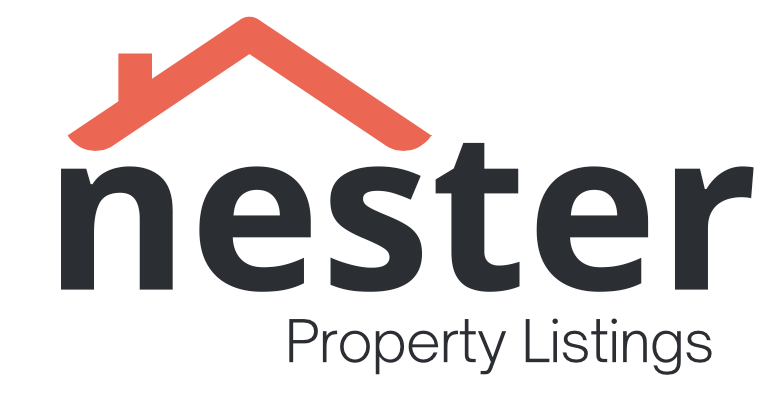Understanding Down Payments for Homebuyers ===
When it comes to purchasing a house, one of the most important factors to consider is the down payment. A down payment is an upfront payment made by the buyer towards the total price of the property. It is typically expressed as a percentage of the home’s purchase price. While the commonly mentioned figure is 10 percent, it is essential to understand that this is not a fixed requirement. In this article, we will explore the myth surrounding the need for a 10 percent down payment and discuss alternative financing options available to homebuyers.
=== The 10 Percent Down Payment Myth: Debunking Misconceptions ===
There is a widespread misconception that a 10 percent down payment is a mandatory requirement for purchasing a house. However, this is not entirely accurate. While 10 percent is a common benchmark, it is crucial to note that the down payment amount can vary depending on several factors. For instance, certain loan programs, such as those backed by the Federal Housing Administration (FHA) or the Department of Veterans Affairs (VA), may allow borrowers to put down as little as 3.5 percent or even 0 percent, respectively. Additionally, some lenders offer conventional mortgages that require as little as 5 percent down. Therefore, it is essential for potential homebuyers to research and understand the specific down payment requirements of different loan programs and lenders before assuming a fixed percentage.
=== Exploring Alternatives: Options for Financing Your Home ===
If you do not have the means to make a 10 percent down payment, there are various alternatives available to help finance your home purchase. One option is to consider government-backed programs, such as FHA loans or VA loans, which often have lower down payment requirements compared to conventional loans. These programs aim to make homeownership more accessible, particularly for first-time buyers or veterans. Another option is to explore down payment assistance programs offered by state or local governments, non-profit organizations, or even your employer. These programs provide financial assistance or grants to eligible homebuyers to help cover the down payment and closing costs. Alternatively, you might consider getting a co-signer or asking a family member to gift you the funds for the down payment.
=== Factors to Consider: Pros and Cons of Different Down Payment Amounts ===
When deciding on the down payment amount, it is essential to weigh the pros and cons associated with different options. A higher down payment, such as 20 percent or more, can help you secure a lower interest rate and avoid private mortgage insurance (PMI), which is typically required for loans with a down payment of less than 20 percent. However, a larger down payment may tie up more of your savings or limit your purchasing power. On the other hand, a lower down payment allows you to keep more funds available for other purposes but may come with higher monthly mortgage payments and the added cost of PMI. It is crucial to carefully consider your financial situation, future goals, and loan terms before deciding on the down payment amount that best suits your needs.
===
In conclusion, the notion that a 10 percent down payment is a requirement to buy a house is a myth. While it is a common benchmark, the actual down payment amount can vary depending on loan programs, lenders, and individual circumstances. It is crucial for potential homebuyers to research and explore alternative financing options that may allow for a lower down payment. Additionally, it is essential to weigh the pros and cons associated with different down payment amounts and consider various factors such as interest rates, mortgage insurance, and long-term financial goals. By understanding the options available and making an informed decision, prospective homebuyers can navigate the down payment process more effectively and achieve their homeownership dreams.

